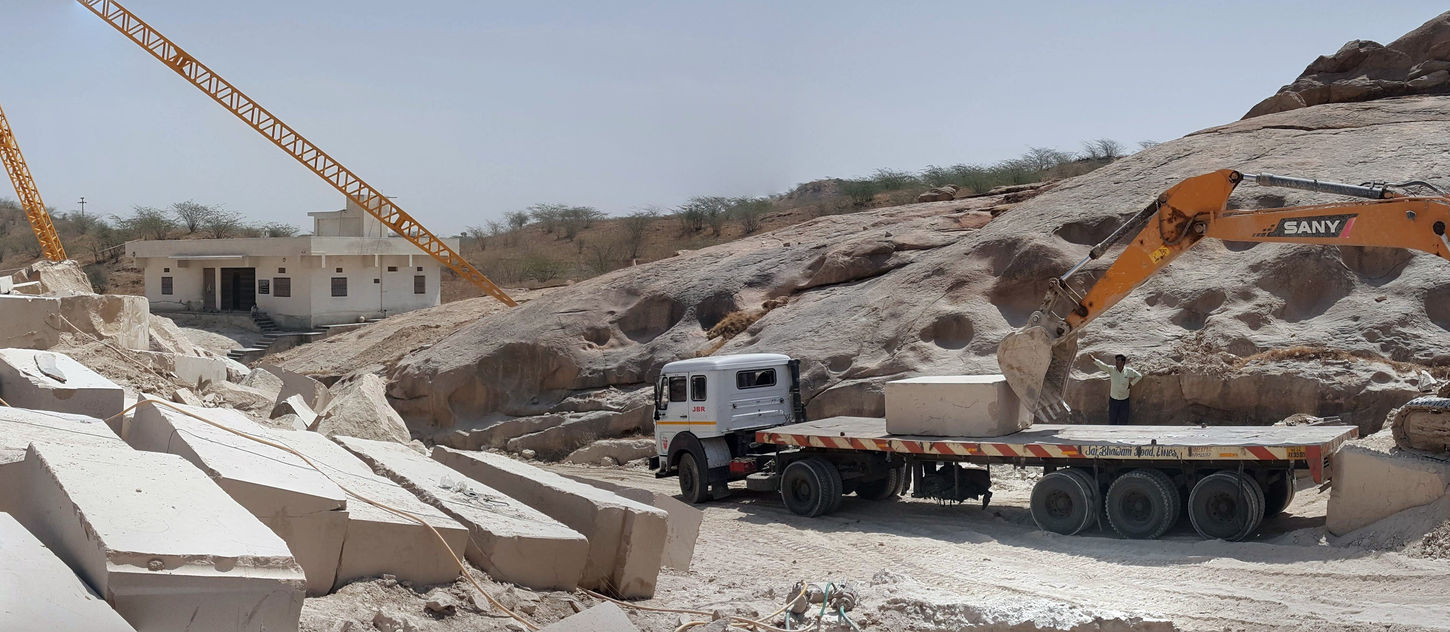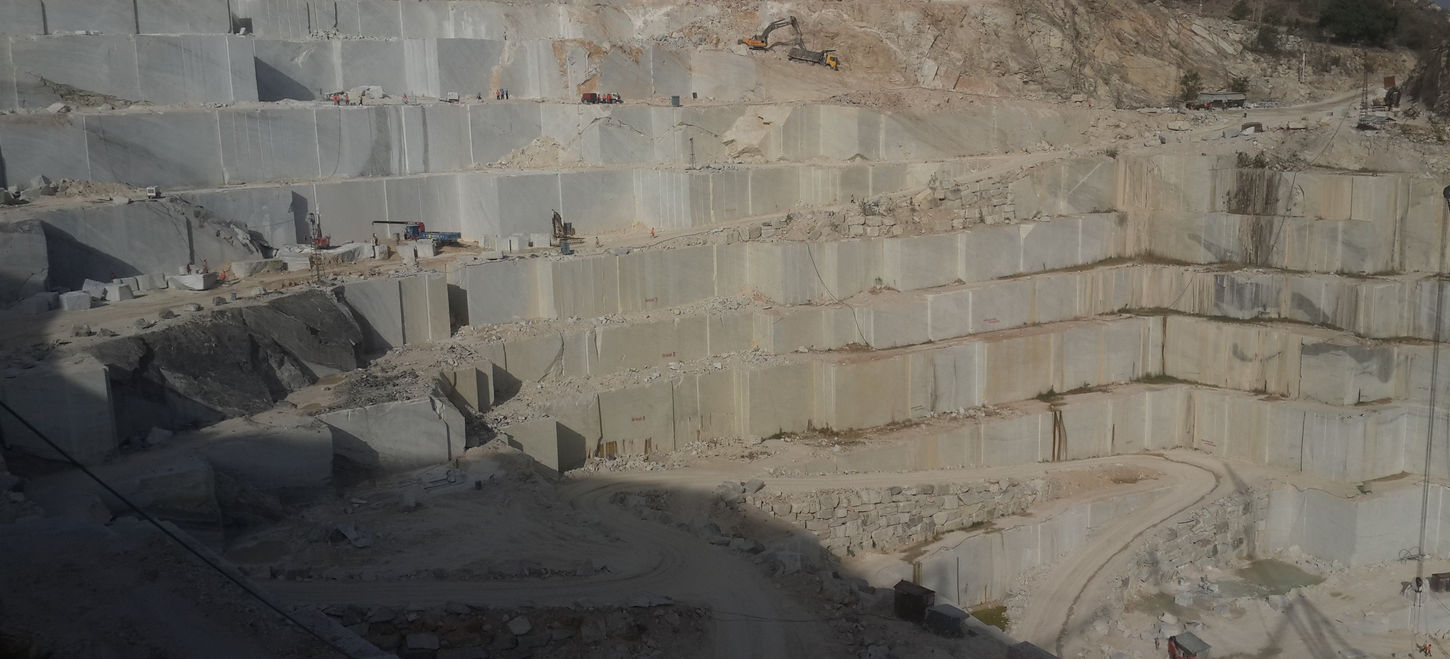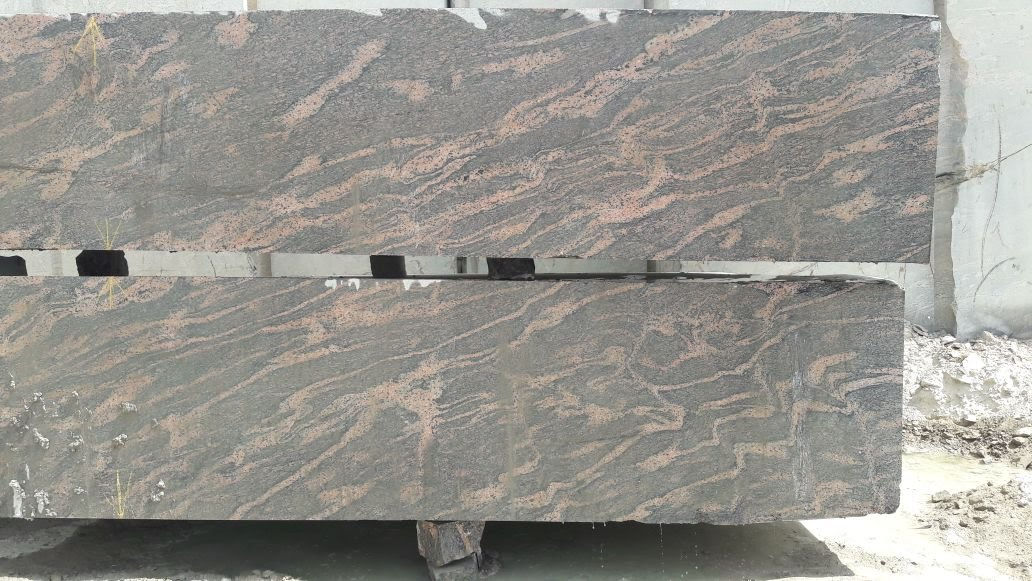The Journey Of Your Stone
Stage 1: Locating Sustainable Deposits
Brij Granites has a unique way of operations when it comes to selection of materials for your project.
Brij Granites contracts quarries of some of the most popular materials in and around Rajasthan India. Up keeping the systems of contract running through the systems established, Brij granites employs the best of technical resource to scientifically develop, mechanizing the quarry for best recoveries ensuring quality.
Apart from the marble mine mine or granite quarry being run by Brij Granites, Brij Granites connects to several quarries for purchases.
1) A team of 6 zone level markers identify quality deposits.
2) Further to which, technicians make visits to these quarries to ensure granite or marble being quarried is being quarried in sustainable and economical manner.
3) Once satisfied, the team then makes agreements for purchases in longer time frame, pitching in the for best prices and consistancy in quality through out the material is being procured.
Our teams are always on a lout out for the best of granites and marble materials. Feel free to register if you about them. Brij Granite invites you to come be a part of the team.
If you are some one who marks blocks and mark cut slab lots, that if you are a marker, or if you own a quarry, you can register with us following the link below.
Stage 2: Procuring Raw Marble and Granite Blocks
The team at Brij Granites values its materials and understands how important it is to gain not just the right quality but also at the most economical price.
Each granite block being prepared at quarry is marked for anomalies and wire cut for freshness before transport to the factory.
Variations and other natural defects in marble and granite blocks are highlighted prior to final cuts before dispatch.
each block once ready for transport is affixed with markings depicting
1) Quality grade of the specific block.
2) Variety of the block
3) The pit in the quarry it has been prepared from
4) And a tentative cut direction.
The above 4 charactersticks to each block are recorded in a unique 4 digit alphanumeric code to enable back tracing of the marble or granite block to its origin.
Stage 3: Incoming Inspection Of The Blocks At Marble And Granite Factory
Incoming inspection of a marble block or a granite block is one of the most significant steps in the production process of be it roughly cut or sawn slabs or dimensional stone.
It is here at the incoming inspection that the block are identified on various parameters to ensure right recovery and best use.
Further to the inspection the blocks are sent for dressing to fit various sizes that may be required as per production schedules.
The incoming inpection records
1) Cracks and fissures in case there may be
2) Colour tone and pattern formations
3) Over all size of the block
4) Cut directions for each case
5) A unqiue code identifier of the block to track its flow thorough out the production process line.
All the above parameters are then recorded on theblock with a 6 digit alphanumeric marking.
Stage 4: Cutting Sawing of Marble and Granite Block
Marble Blocks are cut or sawn into marble slabs using large marble gangsaw machines with more than 100 cutting blades cutting in the same frame. Similarly even granite blocks are cut into slabs using granite gang saws with multiple blades.
In the modern cutting processes, multi wire machines are used to cut the granite blocks into slabs. These gang saw size slabs are then used as single piece to cut out counter tops for kitchens and dinning in various granite fabrication shops across the globe.
Further a new trend has emerged of using a multi blade granite block cutter or multi cutter as commonly known. The machines have circular blades all mounted on the single rotating shaft which makes around 10 or more cuts in the block at one go. These are mostly used to produce granite slabs for countertops with with ranging not more than 39 inches.
Stage 5: Producing Marmo Tile and Granite Tile and various other dimensional stones
Marble Blocks are cut or sawn into marble slabs using large marble gangsaw machines with more than 100 cutting blades mounted in the same frame. Similarly even granite blocks are cut into slabs using granite gang saws with multiple blades.
In the modern cutting processes, multi wire machines are used to cut the granite blocks into slabs. These gang saw size slabs are then used as single piece to cut out counter tops for kitchens and dinning in various granite fabrication shops across the globe.
Further a new trend has emerged of using a multi blade granite block cutter or multi cutter as commonly known. The machines have circular blades all mounted on the single rotating shaft which makes around 10 or more cuts in the block at one go. These are mostly used to produce granite slabs for countertops with with ranging not more than 39 inches.
The next stage of process includes cutting and sawing of the Marble and Granite block into slabs.
The marble and granite slabs are cut using hitech automated marble Gangsaws, Granite Cutters and Granite Gangsaws




























